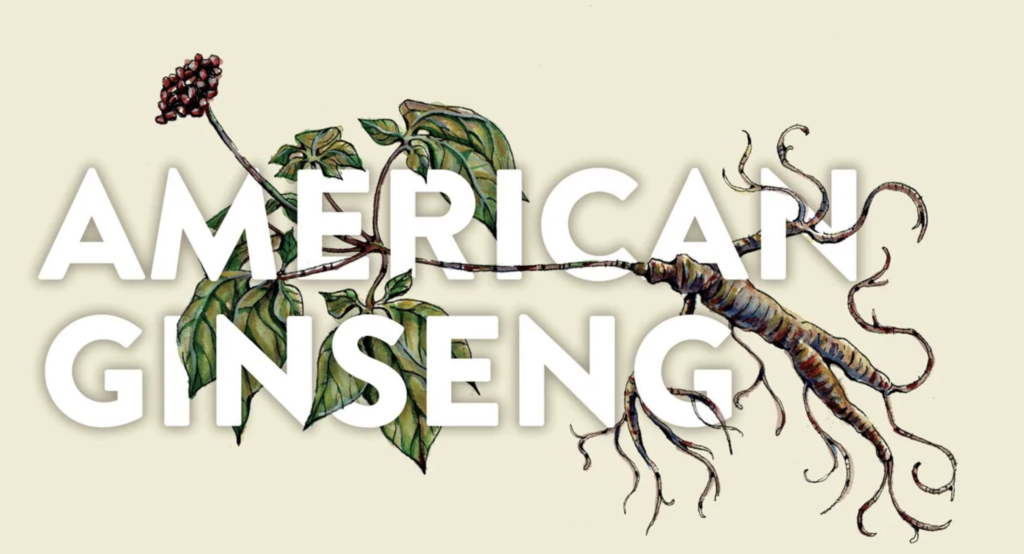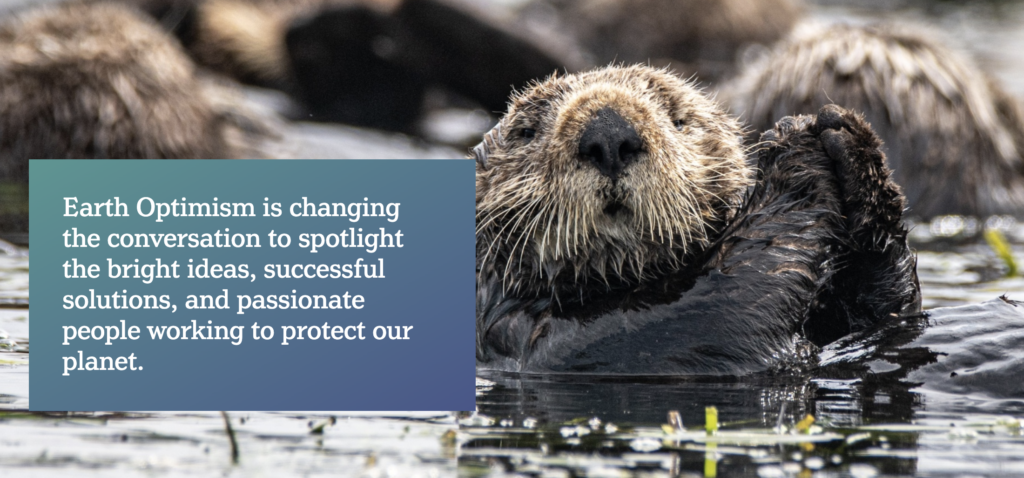Post 8: Reflect on your internship and complete this sentence: “Because of my internship, I am….”
In response to the post #8 assignment, I have three observations to make. First, “I am grateful” for the opportunity to have worked for the Smithsonian Institution’s (SI) Folklife and Cultural Heritage Department. Having lived in Washington DC for over 40 years, working for the Smithsonian has always been high on my bucket list. Second, “I am more aware” of how digital humanities and information technologies are transforming organizations. And finally, “I am better prepared” to assist other organizations with this transformation.
The George Mason University’s digital public humanities program taught me that that “digital tools and resources are transforming the ways in which organizations research, interpret, and communicate.” Today, the Internet and social media overshadow almost all other traditional public media. However, with all transformations there are often many challenges to overcome. For example, with the introduction of new digital tools, there is often a hesitancy to make a complete break with legacy processes.
As a result of my internship, I have learned that organizations need to orchestrate new strategic approaches that encourage their workforce to experiment with and ultimately adopt new digital tools. In the past, information technology was centrally managed, and new digital tools were introduced cautiously. But today, mobile apps and cloud-based applications are being created with breath taking speed. In addition, large organizations are having a difficult time preventing various departments and individuals from purchasing and deploying new digital tools.
During the past academic year, I was able to participate in two SI projects; one called American Ginseng: Local Knowledge, Global Roots and the other called Earth Optimism.

The Smithsonian is involved with a variety of interesting educational projects and is a leader in adopting new information technologies. The institution was a wonderful environment for a digital humanities student to gain work experiences. According to the Smithsonian’s strategic plan, its goal is to “build on its unique strengths to engage and to inspire more people, where they are, with greater impact, while catalyzing critical conversation on issues affecting our nation and the world.” In regard to the office I worked for, Folklife and Cultural Heritage, its mission is the following: “through the power of culture, we build understanding, strengthen communities, and reinforce our shared humanity.”
The best part of being an intern at SI was observing and learning from a wide and diverse group of dedicated staff. At the Smithsonian, digital humanities is playing a major role in how information is collected, stored, and shared. One of my responsibilities was to assist with the launch of a new website “American Ginseng: Local Knowledge, Global Roots.” Since the project was already well underway, there was not much I could offer in the way of web development. However, by arriving at such a late stage in the project, I could provide user experience with the site and offer some objective perspectives.
American Ginseng presents the shared stories of a wide variety of people with intimate knowledge of the harvest, cultivation, trade, medicinal use, and conservation of this fascinating plant. I also assisted with the development of a social media strategy and toolkit to help with the promotions of the launch of American Ginseng. The toolkit included the graphic presented above, #GinsengFolklife hashtag, and suggested language for Facebook groups to post links to the new site. In addition, I was able to produce an introductory video that highlighted a Ginseng conference held in Ohio. The video also provided an audio-visual component to marketing the website.
I witnessed how challenging it can be to introduce new technologies, especially in an organization with established procedures and process. I was able to demonstrate the use of a new artificial intelligence (AI) based technology to extract metadata from video content. I leveraged the AI process to transcribe text from the video taken at the event. The transcriptions saved time in identifying sound bites and determining what video to use in the editing process.

In addition to the American Ginseng project, I also worked with SI’s Earth Optimism (EO) team. EO is a rebranding of the original Earth Day which dates back to April 22, 1970 and was intended to generate awareness of the need for environmental protection. In 2017 the Smithsonian launched Earth Optimism to refocus the world’s attention away from the gloom and doom associated with climate change to a more positive message. At this year’s Smithsonian Folklife Festival on the National Mall, Earth Optimism will be featured for the first time. The EO team is planning many activities and displays including a small tent theater, where visitors will be able to watch videos on Earth Optimism projects from around the world. One of my assignments has been reviewing recently produced SI videos on climate change and the environment. I prepared a spreadsheet with criteria to determine which videos are of high quality and reflect EO themes, as well as transcribed or captioned to meet current accessibility standards.
As part of this process, I learned a lot about the need for federal agencies to ensure that videos are “open captioned.” This includes burned in captions, with descriptive text including audio context. I realized that the Smithsonian currently contracts out this service, but the fact that a number of videos were not captioned reflects the budgetary constraints on ensuring all produced videos meet current standards. I determined that recent advances in AI technology now make video transcribing and captioning more economical for the Smithsonian. I recommended to the EO team to consider testing this technology to determine feasibility.
I also learned that the success of adopting a new technology usually comes from the organization’s perceived value of a new digital tool versus a legacy system, or an older process. In the case of burning in captions, the Smithsonian’s legacy process required contracting out the service. But I was able to demonstrate that existing online applications could accomplish the task at a drastically reduced cost and quicker turn around. It is clear that employees need to know that they will not be penalized for experimenting with or introducing new digital tools. In the future, the need to adopt new digital public humanities technology will only grow. Especially if organizations are going to keep up with their mission to “research, interpret, and communicate.”
My internship experience demonstrated that there is an evolutionary process in adopting DH technologies. For example, the Smithsonian embraced content management technologies, especially digital asset management years ago. But for the most part this has been more text based. Today, there is a demonstrable need for media asset management, especially with the exponential growth of audio and video files. As a result, the need to automate the process of summarizing media content by extracting metadata, is becoming a high priority.
In conclusion, my internship helped me understand that after forty years, digital humanities is no longer about the technology. Rather it is what an organization can do with technology, and who ultimately can have access to the information. What I learned from the Smithsonian, is that all organizations are challenged by their role as a gatekeeper of knowledge. However, I was glad to see that the Smithsonian recognized the need to constantly reevaluate its strategic approach to new technologies, especially artificial intelligence. I believe this will assist them in their mission to share information and to engage with audiences.